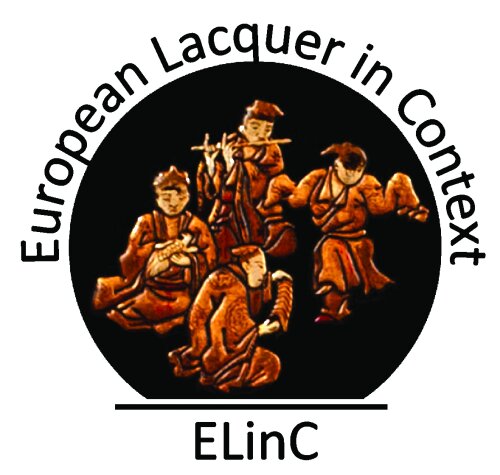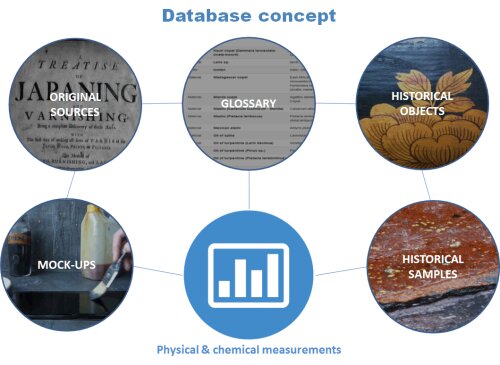European Lacquers in Context Project

The “European lacquer in Context” project focuses on the study of the technological history of European lacquers with special attention to a selected number of japanned objects from Western Europe in the collections of the Royal Museums of Art and History (RMAH). Three Belgian partners are involved in the study of the European lacquers: the Royal Institute for Cultural Heritage (KIK-IRPA), mainly for all chemical aspects; the Universiteit Antwerpen (UAntwerpen), mainly for all technological and physical aspects; the RMAH, mainly for all art historical aspects concerning the collection studied.
Recipes on European lacquers form a central part in the research project. The art-historical research aims at searching information in historical sources, including recipes, on production sites and processes, and at gaining a better insight in the socio-economic conditions in which the European lacquers were created. The emphasis of the research is put on lacquer work from our region between the late 16th and early 20th century, with special attention to Antwerp cabinets, “Bois de Spa” and furniture from the Art Nouveau and Art Deco period.
Although the materials used to prepare the European lacquers are essential, the technology of preparing the lacquers is of equal importance, although often neglected. Only through reconstructions based on old recipes, carried out by the UAntwerpen, the importance of the materials choice and the procedures, with their possibilities or limitations in creating European lacquers, can be fully understood. The influence of the ingredients and of the manufacturing process on physical parameters such as gloss, colour, hardness etc. will be determined, both for fresh and (artificially) aged European lacquers, and for the historical lacquers in the collection of the RMAH.
To complete the study the chemical characterisation of the European lacquers is vital. From a chemical point of view, European lacquers are superimposed layers of varnishes with complex composition based on a mixture of natural resins, solvents, additives, pigments and/or fillers. Their identification forms a major analytical challenge. Not only the simultaneous presence of several (hard-drying) resins impedes the analyses, but also chemical degradation as a consequence of varnish preparation and of natural ageing adds to the complexity of analysis. Moreover only tiny samples from the precious works of art are available for analysis. With the aid of the (aged) mock-up samples the analytical protocol will be developed, primarily based on two analytical techniques: pyrolysis gas chromatography/mass spectrometry (Py-GC/MS) and Fourier transform infrared spectroscopy (FTIR). Through these studies a better insight will be obtained on chemical changes that occur when preparing the varnishes and lacquers, and as a consequence of subsequent ageing. Finally chemical analyses will be performed on historical lacquers in the collections of the RMAH.
This project is the first large scale Belgian research in this field. It may have important findings concerning the trade in and the production, social status and artistic sources of lacquered works of art and furniture. The proposed project therefore will identify the intrinsic value of European lacquers and will contribute to a better understanding of our forefathers’ preferences and appreciations of japanned works of art and furniture. More information about the aging characteristics of European lacquers will be obtained, which can lead to better preventive conservation strategies. On a chemical level, many researchers can benefit from results, as the key ingredients in European lacquers - natural resins - have a widespread use in the fine arts (e.g. as varnish, or objects made from resins, etc.)
A searchable database will be constructed to facilitate sharing and searching information contained within the recipes, and obtained during the research. Conceived as a working instrument, at the end of the project (parts of) it will be made public in order to facilitate further investigations in this field.

Also other ways of valorising the project's results will be used such as, publications in (peer reviewed) journals and presentations at dedicated conferences. Near the end of the 4-years research period a workshop will be organised sharing the practical knowledge obtained on the process of lacquer making with specialists interested in the field. To reach an even broader audience, attempts will be made organizing an exhibition focussing on japanned objects from the collection of the RMAH, including displays on the scientific results, towards the end of the project.